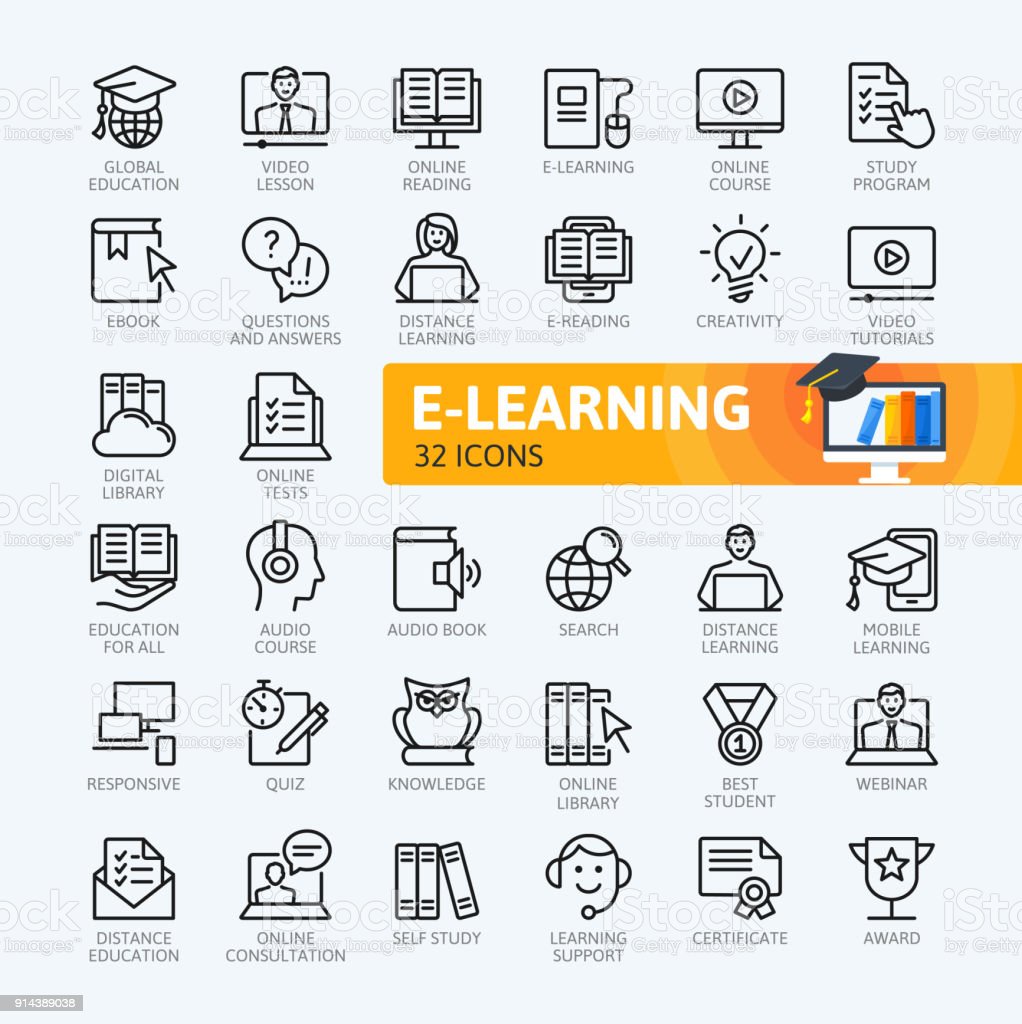
Students can take classes online and have great flexibility. Some online colleges also offer students the chance to earn their degree while working full-time or supporting a family. Depending on the program, you may be able to complete your degree in as little as one year, or as much as four years.
The fascinating field of art is open to all, so a college degree could be a great opportunity. You could be an animator, interior designer, or freelance artist. Whatever your choice, your education in fine arts will help you be more confident in your work.
Artists love the bachelor of fine arts degree (BFA). It will give you a solid foundation in art history, and you will learn how to create 3-D and 2-D artwork. You can also choose to focus on one or several art mediums if you wish to increase your artistic ability. Students in this program will have access studios for painting and drawing, as well printmaking equipment. They will also have the chance to participate in production studios and a foundry.

SCAD is one the most popular online art schools. They offer an eLearning platform with many programs. The program is accredited by the Southern Association of Colleges and Schools, and it has received awards from the United States Distance Learning Association and the Instructional Technology Council.
Along with offering a variety of degree programs the university also offers a Certificate In Craft. This certificate is ideal if you have a bachelor’s. Classes are offered in eight-week sessions, and you'll get to practice your skills using Adobe software such as Photoshop and Illustrator.
SmART School is another option for those who are interested in a career as an artist. Students have the chance to participate in mentoring and interactive classes. The instructors are highly qualified professionals. These classes are great for building a portfolio and a network of contacts in the arts.
University of Florida can be your best choice if an affordable and accessible online college of art is what you want. They have a remarkable retention rate for new and seasoned students. The student-faculty ratio is approximately seven to 1. This means that you can rest assured that your studies are a priority. Financial aid is available to help you purchase a laptop.

SCADNow is also a great option. You will find more degree options in this program than anywhere else. Graphic Design, Game Development and Illustration are just a few of the many degrees you could choose to pursue.
The Visual Arts Major is a common BA degree program. It is divided into two sections, one focusing on studio work and one focusing on theoretical concepts. Most students will spend about two-thirds of their time in studio work, with the remainder learning industry best practices.
FAQ
What is the biggest challenge in online learning?
The biggest challenge is keeping students engaged throughout the course. If they are not interested in what you're teaching them, then how do you expect them to learn anything? Your students will be more focused if you give them many options. It means that they can choose the modules they wish to study first, the chapters they wish to read next, the exercises they would like to attempt, the tests they would like to take, the assignments they would like to start working on, as well as which websites, videos, and games they'd like to play.
What should my eLearning course be like?
Your eLearning course needs to be interactive and encourage learners to engage with it.
This means the design must be simple to navigate and the content should be clear.
This also means the content has to be engaging and entertaining.
These are the three main things that will ensure your eLearning course is compliant with these requirements.
Content
You must decide what content to include in your online course. You must decide how long each section should be. For example, if your goal is to teach someone how writing letters, then you should decide how much time to devote to each topic.
Navigation
Your second major decision to make is how your learners want to navigate your course. Do you want them to click through every page one at a time? Do you want them to skip to the most important parts?
Design
Finally, decide how your course will look. This includes deciding how long each screen is going to take to load and how large the font size should be. You must also decide whether you wish to include graphics (such photos).
Once you have made all these decisions, test your course to ensure it works.
What are the differences between e-learning? What are their purposes?
There are three major types of elearning:
-
Content delivery - This type of e-learning aims to provide students with information. Some examples include lesson plans or textbooks.
-
Instructional design: This type e-learning helps learners to develop their skills. Examples of this include simulations and tutorials.
-
Learning management - This type of eLearning provides tools for instructors to organize and monitor student activity. These include virtual classrooms and discussion forums.
What are the benefits of online learning for teachers and students?
E-learning provides both students with better learning outcomes and teachers with more flexibility. It allows learners to access information anywhere and anytime they want. E-learning enables educators to engage with their students using technology in ways not previously possible.
E-learning gives teachers the ability to provide personalized instruction and support students' progress. This encourages students to be more engaged and motivated. E-learning is a great way for teachers to learn communication, collaboration, and critical thought skills. Teachers can use it to improve their teaching by offering opportunities for reflection on other's experiences and self-reflection.
E-learning allows for a reduction in training costs. If a teacher wants his/her students to learn about a new topic they will need to purchase books and other materials. If the same material can be found online, there is no reason to buy them.
Statistics
- Hedonism incorporates intrinsic motivation, including novelty, challenge, excitement, and pleasure (Schwartz et al., 2012), which is likely to predict user perception of e-learning enjoyment. (sciencedirect.com)
- Reliability, validity, and descriptive statistics (The Gambia). Empty CellCRAVEMeanSDACBICOEEHABHEHMPEPOPVSESITRAC0.770.635.080.842) in behavioral intention to use e-learning in The Gambia (53%) and the UK (52%), (sciencedirect.com)
- India's PC market clocks 9.2% growth to 3.4 million units in the September quarter (economictimes.indiatimes.com)
- In the 2017 ATD research report Next-Generation E-Learning, 89% of those surveyed said that changes in e-learning require their staff to update or add new skills. (td.org)
External Links
How To
What are some examples of e-learning? What are the potential benefits of elearning?
There are many types of e-learning, including:
-
Distance Learning – Distance learning can be done entirely via the internet.
-
Onsite Training- This is a program where a group of people come together to receive training.
-
Virtual Classroom - A virtual class allows students to interact with teachers and experts through chat rooms, forums and other means.
-
Webinars - Webinars are live presentations delivered over the web. These webinars allow you to communicate with your audience in real-time.
-
Self-Paced Classes - These courses are self-paced and do not require an instructor. You can access the course from wherever you are at your convenience.
-
Interactive Tutorials: Interactive tutorials help users learn how to complete specific tasks.
-
Social Media Learning Platforms - Social media platforms like Facebook and Twitter provide a great platform for learning. Students can ask questions and share their ideas with others, as well as get feedback from peers and friends.
-
Online Forums - Online forums are a good way to discuss topics related to your field of study.
-
Podcasting - Podcasting is the process of creating audio files that can be downloaded and listened to later.
-
Video Conferencing -- Video conferencing lets two or more people connect virtually.
-
Mobile Apps are created for tablets and smartphones.
-
Online Quizzes. Online quizzes provide a quick way to see how much you know about a topic.
-
Discussion Boards - Discussion boards are online communities where you can post messages, read messages posted by others, and respond to those messages.
-
Website Content Management Systems (CMS - CMSs are software that allow site owners to easily modify their website content.
-
Blogging – Blogs allow readers to post comments and opinions.
-
Wikis – Wikis allow multiple users to simultaneously edit pages.
-
Chat Rooms - Chat rooms are online discussion areas where users can converse with each other.
-
Email Lists: Email lists are groups or email addresses that you can use to send messages.
-
RSS Feeds: RSS feeds are news aggregators which collect articles from different sources and present them in an easy-to-read format.